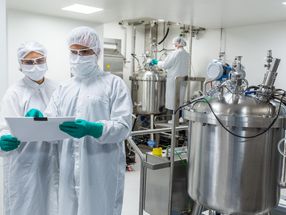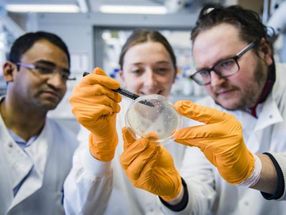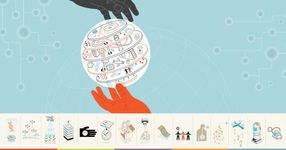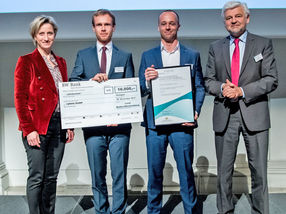Assessment of pain and suffering in test animals
BfR suggests Criteria for Assessing Stress Levels of Genetically Altered Test Animals
New rules in the European Union (EU) for the protection of laboratory animals require assessment of pain that these animals may experience during scientific experiments. The Federal Institute for Risk Assessment (BfR) published an article in the science magazine "Nature" about the national regulations on stress classification. The basis for the national regulation was an expert workshop to develop guidance on how to assess the severity of the maintenance of genetically altered animals which took place in 2013. In October 2014, a further scientific workshop will be held on the subject. "Tools for the evaluation and documentation the stress levels of genetically altered test animals are now available", says BfR President and c o-author Dr. Dr. Andreas Hensel. "The suffering of these animals should be constantly minimised. This also involves the development of alternatives to animal experiments and reducing the number of animal experiments." Wherever there are reliable alternatives, they must be used instead of animal experiments. The German Center for Documentation and Evaluation of Alternatives to Animal Experiments (ZEBET) promotes the development and use of such alternatives to animal experiments.
In Europe, animal experiments are regulated by the DIRECTIVE 2010/63/EU of the European Parliament and the Advisory Committee on the Protection of Animals Used for Experimental and Other Scientific Purposes and, within Germany, by the Animal Welfare Act. According to these regulations animal experiments must, both in terms of pain and suffering inflicted on the animals and with regards to the number of animals used, be reduced to an absolute minimum. Animal experiments may only be conducted, if they are indispensable for a certain purpose. With the coming into force of the new DIRECTIVE 2010/63/EU and the new German Animal Welfare Act, the maintenance and breeding of genetically altered animals have now to be authorized by competent authorities. This is based on the prerequisite that a consequence of genetic alteration is a likely harmful phenotype of the genetically altered animals.
Already on June 20-21 2013, a workshop was held at the BfR to develop guidance on how to assess the severity of the maintenance of genetically altered animals. The scientists together with representatives of the competent authorities transferred generally worded legal objectives of severity assessment of genetically altered animals into practical instructions. The workshop participants defined how pain, suffering, distress or lasting harm to the animals can be best recognized and recorded.
Already existing genetically altered lines in particular are often bred not only in one but in several institutions at the same time. It is necessary to apply standardised criteria for the assessment of stress levels in order to ensure uniform stress evaluation and to be able to access data already collected when animals are transferred from one institution to another.
Representatives of the BfR, the German Society for Animal Experiment Science, the Helmholtz Association, the Ludwig Maximilian University of Munich, the Technical University of Munich, the German Association of Research-Based Pharmaceutical Companies, the Animal Welfare Working Group of the Länder Working Groups for Consumer Health Protection and the Project Group of Authorising Agencies for Animal Experiments were involved in the workshop.
Following the workshop, the BfR Communication on “Laying down Criteria for Assessing Stress Levels of Genetically Altered Test Animals” has been developed as well as the accompanying four forms for assessing genetically altered animals. The documents are presented as Version 1.2 from 24 July 2013. They represent the current state of scientific knowledge.





















































